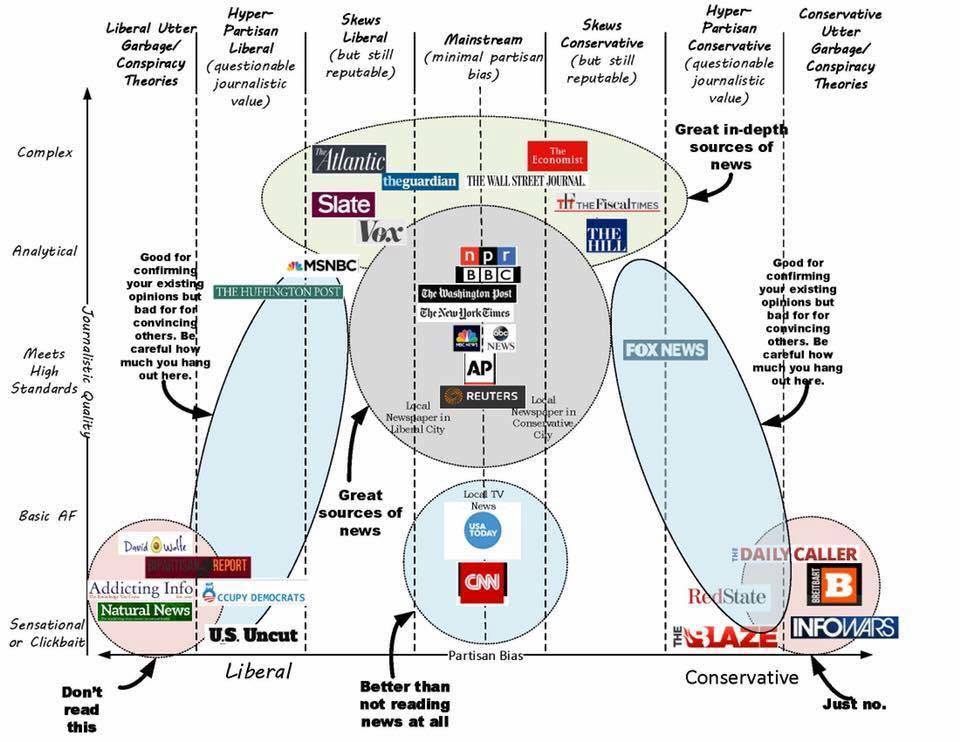NO INTERNET WEEK: FULL DOCUMENTARY from Mother on Vimeo.
Documentaries are non-fiction with bias. At least that’s how I define it…because documentaries are so much more than just presenting facts. Sheila Curran Bernard says it better:
“Documentaries bring viewers into new worlds and experiences through the presentation of factual information about real people, places, and events, generally — but not always — portrayed through the use of actual images and artifacts. But factuality alone does not define documentary films; it’s what the filmmaker does with those factual elements, weaving them into an overall narrative that strives to be as compelling as it is truthful and is often greater than the sum of its parts.”
–Sheila Curran Bernard, Author of Documentary Storytelling
If you’re interested in sharing documentaries with students, here are some good resources:
Documentaries must not stay in the domain of history or social studies but extend far into all content areas. Moreover, students creating their own documentaries may be the most powerful voice and tool of all. If you’re heavily embedded in fiction and literature studies, consider documentaries that discuss the lives of the authors, or take on a meta-fictional approach.
And what a grand opportunity for students to explore and analyze sources:

I would love to know what documentaries you’ve shown, and if you’ve tried having students create their own. How did it go, and what went well?

